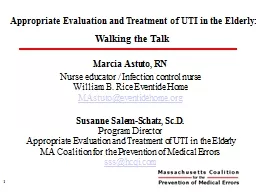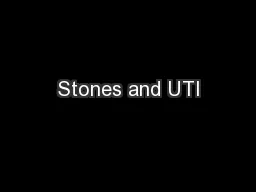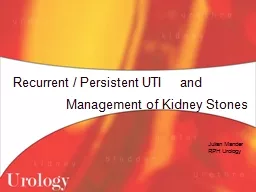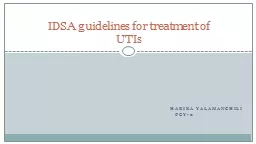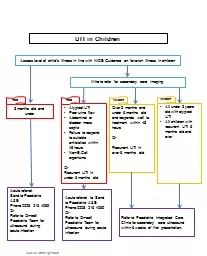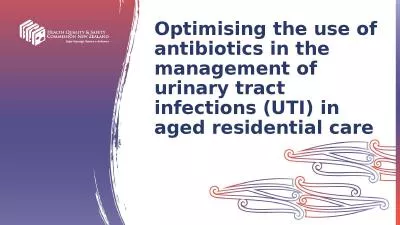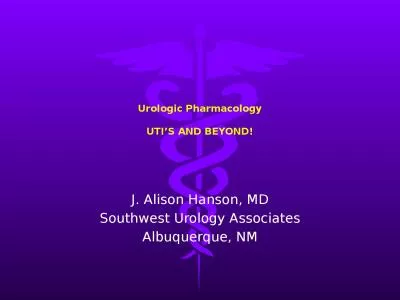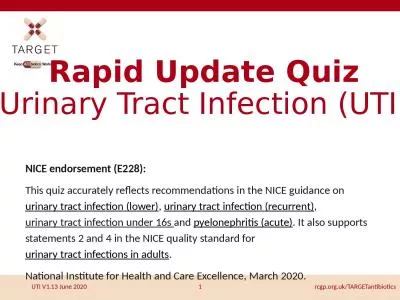PPT-Appropriate Evaluation and Treatment of UTI in the Elderl
Author : conchita-marotz | Published Date : 2016-04-08
Walking the Talk Marcia Astuto RN Nurse educator Infection control nurse William B Rice Eventide Home MAstutoeventidehomeorg Susanne SalemSchatz ScD Program
Presentation Embed Code
Download Presentation
Download Presentation The PPT/PDF document "Appropriate Evaluation and Treatment of ..." is the property of its rightful owner. Permission is granted to download and print the materials on this website for personal, non-commercial use only, and to display it on your personal computer provided you do not modify the materials and that you retain all copyright notices contained in the materials. By downloading content from our website, you accept the terms of this agreement.
Appropriate Evaluation and Treatment of UTI in the Elderl: Transcript
Download Rules Of Document
"Appropriate Evaluation and Treatment of UTI in the Elderl"The content belongs to its owner. You may download and print it for personal use, without modification, and keep all copyright notices. By downloading, you agree to these terms.
Related Documents

